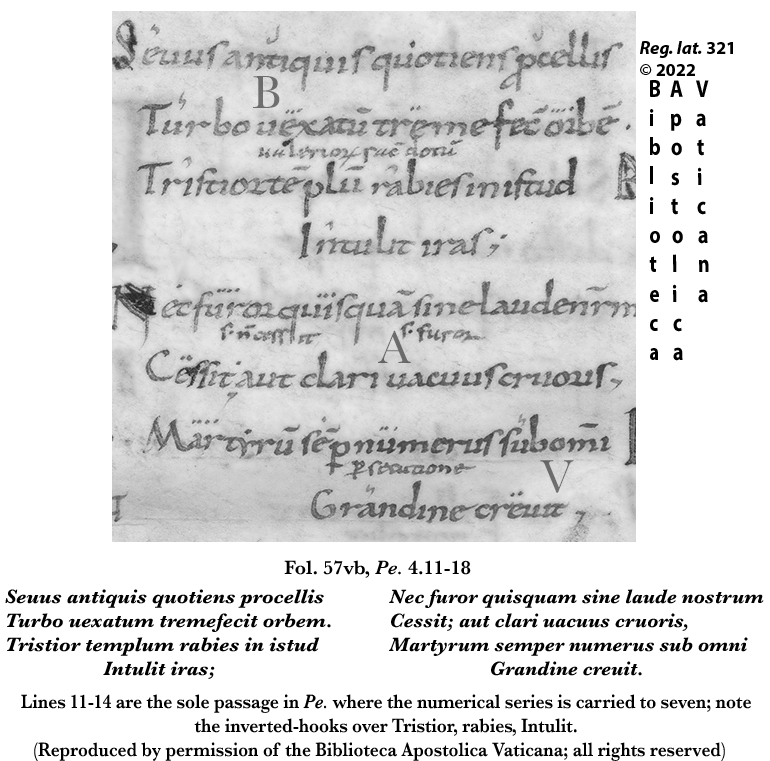About Constructionissigna.com
Constructionissigna.com is devoted to the identification, classification, and description of those notations in Western Latin medieval manuscripts frequently termed “syntax markers” or “construe marks.” These glosses may be connective, consecutive, or both. Connective notes point out important syntactical or logical associations sometimes between just two words, sometimes between phrases. When they link two words or phrases, they can be referred to as “binary” connective or construe marks. Connective notes sometimes use letters or numbers, but more frequently symbols devoid of inherent meaning. In some cases, however, these notes can be used in combinations that suggest sequence as well as syntactical or logical association. Sequential glosses indicate not simply an association between words or phrases, but the order in which a succession of words should be read. Their symbols signify sequence and are inherently meaningful; they include letters of the alphabet and numerical clues. Yet, as connective marks may, on occasion, be used to indicate sequence, so sequential marks can be used to indicate simple association.

Why this Website?
As is well-known, published catalogues frequently omit mention of this sort of annotation. Even when scholars draw attention to these notes, they have no widely agreed terminology with which to identify and discuss them. This website, then, 1) provides descriptive supplements to library catalogues and 2) contributes to the development of a specialized terminology. When necessary, I have coined English names for both connective and sequential markers. As the exploration of manuscripts moves forward, it will certainly be necessary to add to this small lexicon. It would make sense as well to develop parallel lexica in the other languages of Medieval Latin Studies: Latin, French, German, Italian. The focus is on this one sort of annotation; this site will not collect references to signes-de-renvoi or diverse forms of punctuation, although many symbols used for signes-de-renvoi and punctuation are used also as connective (binary) construe marks.
Collaboration
Users will immediately notice the incomplete, inconsistent, and provisional nature of much of the information offered. The entries for some manuscripts have been derived from printed descriptions lacking important information, such as provenance. Furthermore, my print sources were often published before the advent of digitalization. Now that so many codices have been entirely or partially digitalized, it is possible to describe their annotation much more precisely: the sort of annotation (connective or sequential), the symbols used, the density of annotation, and places of particular interest (e.g., folios or book and verse numbers). In numerous entries, I provide a list of markers that I have spotted in a brief sample of text. I encourage users of this site to explore individual codices and collect more complete data on the type, form, and distribution of the symbolic annotation and to organize and report their data in the terminology provided in the page devoted to the images and nomenclature of the individual signs. Every aspect of Constructionissigna.com (e.g. the terminology, the catalogue of manuscripts, the bibliography) is subject to constant expansion and correction. The website is a collaborative, ongoing, effort. It may never be complete but will grow and improve thanks to the contributions of all those who choose to take part in the description and discussion of this annotation.